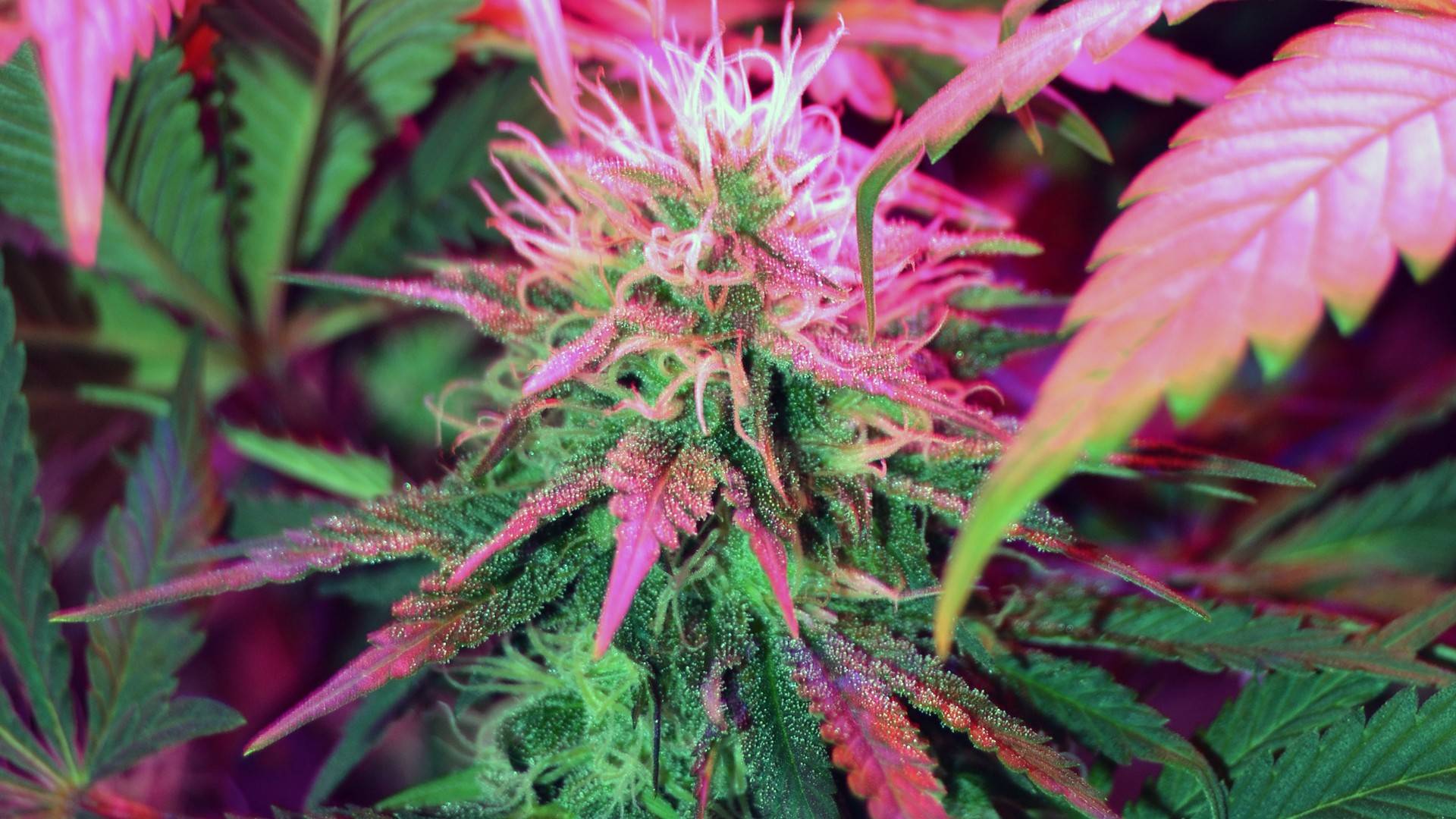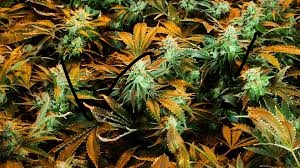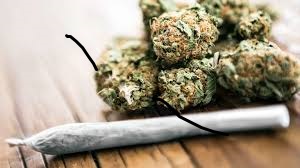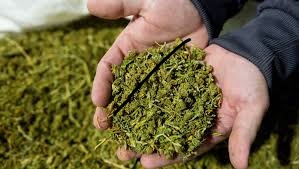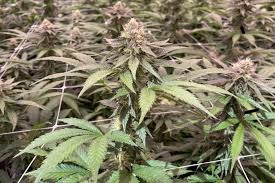There are several benefits that come with the legalization of marijuana;
one of them being that the overall arrests of people found in possession of the substance have reduced.
The decriminalisation of marijuana in different jurisdictions allows for reduced imprisonment of those arrested for minor drug offenses.
The new approach to enforcement reduces both prison capacities as well as reduces judicial workload at the same time assists the law enforcement organizations to focus on serious crimes.
This process seeks to minimize the complexion between the frequency of arrest for people of color, concerning drug offenses.
The paper proves that over the years minorities have been arrested more for marijuana possession despite the fact that they consume the substance in ratios similar to other populace sections.
Legalizing cannabis is an act of policymaking whereby the policy maker seeks to change the bill into law in order to build an effective justice system in the society that can address all individuals’ issues equally.
In this case, financial motivation comes from the aspect of expecting large-scale savings as a result of lower costs of arrests relating to marijuana.
The police conduct lower enforcement of the law concerning cannabis and the municipalities benefit from the incorporation of legal marihuana products through taxation.
These generated funds would be released for public safety enhancement purposes with and with educational programs as well as communal advancement programs.
Concerns About Impaired Driving
Some of the crucial issues relating to marijuana legalization include instances of automobile accidents caused by cannabis consumption.
The increased risks of unsafe driving come about because when a person uses a car while under the influence of cannabis they have poor response time, lack proper control of the vehicle and impaired decision making ability.
Police agencies face challenges when it comes to identifying the cases of driver impairment as well as preventing the same incidents from happening.
This makes the work of law enforcement personnel difficult
in determining whether a driver is under the influence of marijuana
as compared to alcohol which there is a breathalyzer to check for toxicity.
The active component in marijuana known as THC is detected in the human body for several days to many weeks,
and this presents a great challenge in determining drivers’ impairment through testing.
Cannabis: userInfo Many States have set limits in blood for motorist, but those acts are still controversial
because THC concentration does not indicate the extent to which the driver is impaired.
Scientists have also presented new methods to detect the marijuana impaired performance effectively;
Quick identification tools include cognitive test equipment and near roadside saliva THC test.
The programs instruct the officers of law enforcement
to identify signs of marijuana impairment for the comparison
with the alcohol consumption procedures.
This makes them effective means for promoting safe driving and driving against alcohol influence.
